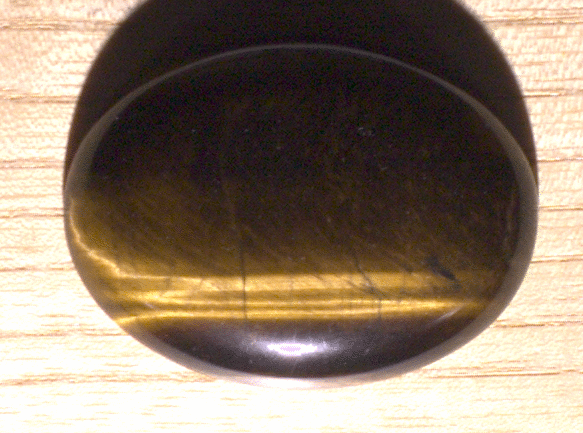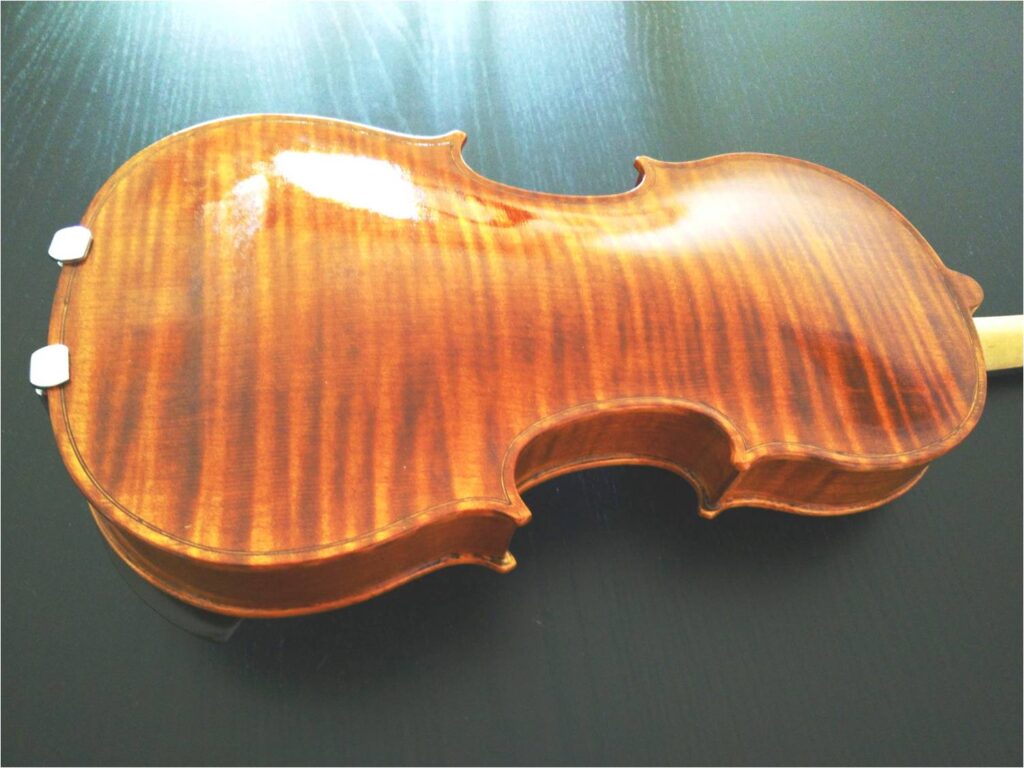Chatoyance is a surface optical property of some materials which causes them to appear differently when seen from different angles. The term is coined from the French œil de chat (‘cat’s eye’) referring to gems such as tiger’s eye quartz:

This is especially evident for many woods, such as figured Maple, Sapele, Etimoe and many others.

Within woodworking, chatoyance is often sought as a decorative effect.
As an example, curly maple violin backs exploit wood chatoyance to highlight the wavy grain pattern within the wood.

Chatoyance is often highlighted by figure; however, chatoyance can be considered as a property of the material, while figure is related to the specific piece of wood under analysis. Figure creates contrast patterns which make chatoyance much more evident; yet if there is no chatoyance, the figure won’t show.





These pages show examples of interaction between chatoyance and different types of wood figure. PZC results are reported, aimed at showing how difficult it is to evaluate by eye how chatoyant a figured surface really is.